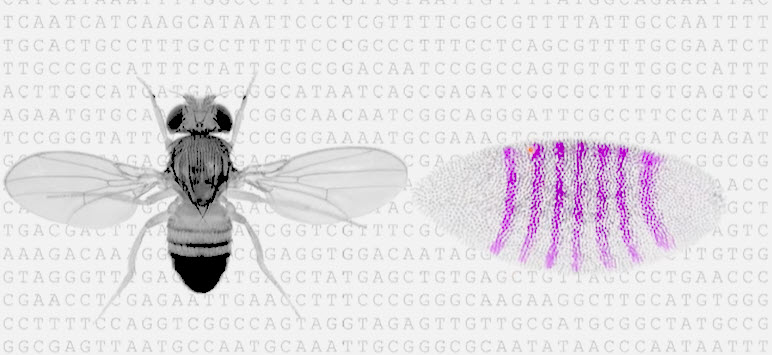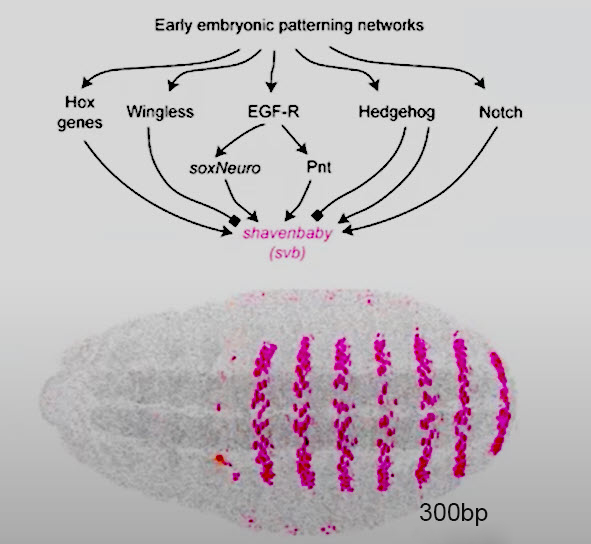-
REAGENT SERVICES
Hot!
-
Most Popular Services
-
Molecular Biology
-
Recombinant Antibody/Protein
-
Reagent Antibody
-
CRISPR Gene Editing
-
DNA Mutant Library
-
IVT RNA and LNP Formulations
-
Oligo Synthesis
-
Peptides
-
Cell Engineering
-
- CRISPR/Cas9 sgRNA
- CRISPR/Cas12a crRNA
- Prime Editing Guide RNA
- Base Editing Guide RNA
- HDR Templates
- gRNA + HDR Template Design Tools
- cGMP Guide RNA
- cGMP HDR Templates
- CRISPR/Cas Proteins
- CAR-T Knock-in Optimization Kit
- CRISPR Plasmids
- CRISPR gRNA Plasmid Libraries
- CRISPR Cell Lines
- Microbial Genome Editing
-
-
PRODUCTS
-
Most Popular Reagents
-
 Instruments
Instruments
-
Antibodies
-
ELISA Kits
-
Protein Electrophoresis and Blotting
-
Protein and Antibody Purification
-
Recombinant Proteins
-
Molecular Biology
-
Stable Cell Lines
-
Cell Isolation and Activation
-
 IVD Raw Materials
IVD Raw Materials
-
 Therapy Applications
Therapy Applications
-
Resources
-
- Pharmacokinetics and Immunogenecity ELISA Kits
- Viral Titration QC ELISA Kits
- -- Lentivirus Titer p24 ELISA KitHot!
- -- MuLV Titer p30 ELISA KitNew!
- -- AAV2 and AAVX Titer Capsid ELISA Kits
- Impurity Test ELISA Kits
- -- BSA ELISA Kit, 2G
- -- Cas9 ELISA KitNew!
- -- Protein A ELISA KitNew!
- -- His tagged protein detection & purification
- -- dsRNA ELISA Kit
- -- Endonuclease ELISA Kit
- COVID-19 Detection cPass™ Technology Kits
-
- Automated Maxi-Plasmid PurificationHot!
- Automated Mini-Plasmid PurificationNew!
- PCR Reagents
- S.marcescens Nuclease Benz-Neburase™
- DNA Assembly GenBuilder™
- Cas9 / Cas12a / Cas13a Nucleases
- Base and Prime Editing Nucleases
- GMP Cas9 Nucleases
- CRISPR sgRNA Synthesis
- HDR Knock-in Template
- CRISPR Gene Editing Kits and Antibodies
-
![AmMag™ Quatro Automated Plasmid Purification]() AmMag™ Quatro automated plasmid purification
AmMag™ Quatro automated plasmid purification
-
![Anti-Camelid VHH]() MonoRab™ Anti-VHH Antibodies
MonoRab™ Anti-VHH Antibodies
-
![ELISA Kits]() ELISA Kits
ELISA Kits
-
![Precast Gels]() SurePAGE™ Precast Gels
SurePAGE™ Precast Gels
-
![Quatro ProAb Automated Protein and Antibody Purification System]() AmMag™ Quatro ProAb Automated Protein and Antibody Purification System
AmMag™ Quatro ProAb Automated Protein and Antibody Purification System
-
![Target Proteins]() Target Proteins
Target Proteins
-
![AmMag™ Quatro Automated Plasmid Purification]() AmMag™ Quatro automated plasmid purification
AmMag™ Quatro automated plasmid purification
-
![Stable Cell Lines]() Stable Cell Lines
Stable Cell Lines
-
![Cell Isolation and Activation]() Cell Isolation and Activation
Cell Isolation and Activation
-
 IVD Raw Materials
IVD Raw Materials
-
![Quick
Order]() Quick Order
Quick Order
-
![Quick
Order]() Quick Order
Quick Order
- APPLICATIONS
- RESOURCES
- ABOUT US
- SIGN IN My Account SIGN OUT
- REGISTER

![Precision Mutant Libraries Precision Mutant Libraries]()
Precision Mutant Libraries
Control Built to Perfection
Multidimensional Approach to Decoding the Mysteries of Animal Development
In this webinar hosted by GEN (Genetic Engineering&Biotechnology News) and sponsored by GenScript, Dr. Justin Crocker talks about his work developing high-throughput methods to elucidate the role of transcriptional enhancers in regulating patterns of gene expression in animal development.
Dr. Crocker’s work aims to understand how the genome code’s linear sequences support specific and detailed expression patterns. To address this fundamental question, he utilizes the fly as a model system combined with mutant libraries. Specifically, he focuses on enhancer regions found upstream and downstream of developmental genes and how they regulate the striped patterns along the anterior-posterior axis of the Drosophila embryo in early development.

Why are these regulatory mechanisms important?
- Transcriptional switches are conserved across invertebrates and vertebrates.
- In mammals, mutations within these regulatory regions are associated with various disease states.
- In humans, over 90% of pathologies map to transcriptional enhancer regions.
- Transcriptional enhancers play a role in shaping animal evolution.
Understanding how transcriptional enhancers work is critical to support predictive capacity and enable their manipulation.
Some of the key questions that his group is addressing include:
- How many binding sites are involved in regulation?
- How robust are enhancers?
- How evolvable are enhancers?
- Can we predict patterns of evolution?
To address these critical questions, Dr. Crocker’s lab studies the pathway involved in the development of hook-like structures in the fly larva, a process regulated by Shavenbaby (svb) transcriptional enhancer.

Shavenbaby (svb) integrates signaling from pathways such as Hox, Wingless, EGF-R, Hedgehog, and Notch, giving rise to bands along the embryo’s anterior-posterior axis. Shavenbaby transcriptional enhancer regulates these eight bands’ patterning, ultimately forming identical bands containing hook-like structures in the larva.
To uncover the basis of Shavenbaby transcriptional enhancer function, Dr. Crocker’s lab follows a large scale unbiased enhancer screening approach. He has leveraged GenScripts services to develop an enhancer library with a 2% mutation rate. Together, this enhancer mutant library, newly developed robotics for high-throughput processing of embryos, and an imaging analysis pipeline allow his lab to elucidate how specific changes within enhancer sequences impact the ultimate larval phenotype.

-





































